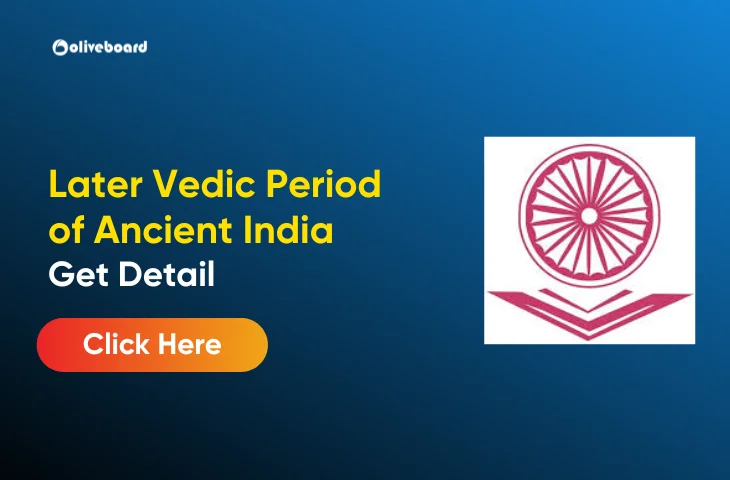Later Vedic Period
The Later Vedic Period (c. 1000–600 BC) marks a significant phase in ancient Indian history, following the Early Vedic Period. This era is characterized by profound changes in society, culture, religion, and economy, transitioning from the nomadic lifestyle of the Aryans to more settled agricultural practices. This article provides a comprehensive overview of the Later Vedic Period, highlighting its key features, developments, and significance in Indian history.
Key Features of the Later Vedic Period
The Later Vedic Period is distinguished by various factors that shaped the Indian subcontinent’s social and cultural landscape. Here are some of the key features:
1. Socio-Political Structure
- Janapadas: The Later Vedic Period saw the emergence of janapadas, or kingdoms, which were the basic political units. These kingdoms were often ruled by powerful chiefs known as rajas.
- Complex Society: The social structure became more stratified, with the formation of distinct classes based on occupation. The four primary varnas (social classes) during this period were:
- Brahmins: Priests and scholars
- Kshatriyas: Warriors and rulers
- Vaishyas: Merchants and farmers
- Shudras: Laborers and service providers
2. Economic Changes
- Agriculture: Agriculture became the backbone of the economy, with the domestication of animals and cultivation of crops like rice, barley, and wheat.
- Trade and Commerce: Increased agricultural production led to trade expansion. Markets emerged in settlements, facilitating the exchange of goods.
3. Religious Developments
- Philosophical Texts: The Later Vedic Period saw the composition of significant texts, including the Brahmanas and Upanishads. These texts explored spiritual ideas and laid the foundation for Vedanta, a philosophical school within Hinduism.
- Rituals and Sacrifices: Rituals became more complex, with an emphasis on elaborate sacrifices (yajnas) to appease deities. This period marked a transition from Vedic rituals to more philosophical inquiries about the nature of the self and the universe.
4. Language and Literature
- Sanskrit Language: Sanskrit flourished as a literary language during this period. The composition of hymns, prayers, and philosophical discussions marked an important evolution in Indian literature.
Cultural Aspects of the Later Vedic Period
The Cultural Aspects of the Later Vedic Period were marked by significant advancements in art, literature, and education, with the emergence of sophisticated architectural practices and the flourishing of Sanskrit literature. The establishment of the gurukul system facilitated the transmission of knowledge, emphasizing oral traditions and the exploration of various disciplines such as astronomy, mathematics, and philosophy.
1. Art and Architecture
- Stupas and Temples: The Later Vedic Period saw the beginnings of architectural practices that would later culminate in magnificent temples and stupas. These structures served both religious and cultural purposes.
- Pottery and Artifacts: The period is also notable for advancements in pottery, with the creation of painted grey ware and other artifacts that reflect the artistic sensibilities of the time.
2. Education and Knowledge
- Gurukul System: Education was primarily imparted in gurukuls, where students lived with their teachers. This system emphasized learning through oral traditions and discussions.
- Branches of Knowledge: Various disciplines, including astronomy, mathematics, and medicine, began to develop, laying the groundwork for future scholarly pursuits.
Significant Texts of the Later Vedic Period
The Significant Texts of the Later Vedic Period include the Upanishads, which explore philosophical concepts such as the nature of reality and the self, and the Brahmanas, which provide explanations of rituals and religious practices. Additionally, the Aranyakas and Vedangas emerged, contributing to the understanding of spirituality and the intricacies of Vedic literature.
| Text | Description |
| Brahmanas | Prose texts explaining the rituals and ceremonies. |
| Upanishads | Philosophical texts exploring concepts like Brahman and Atman. |
| Aranyakas | Texts that discuss the rituals and philosophies of asceticism. |
Conclusion
The Later Vedic Period was a transformative era that shaped the trajectory of Indian civilization. It laid the groundwork for major religious philosophies, social structures, and economic systems that would influence subsequent periods. Understanding this phase is essential for grasping the complexities of India’s historical and cultural evolution.
Key Takeaways
- The Later Vedic Period marked a shift from nomadic life to settled agricultural practices.
- Significant philosophical texts emerged, influencing Hindu thought.
- The social structure became more stratified, leading to the formation of kingdoms.
- Education and cultural practices flourished, setting the stage for future developments in Indian society.
Later Vedic Period of Ancient India – FAQs
Ans. The Later Vedic Period refers to the phase in Indian history (around 1000–600 BCE) characterized by the composition of key texts and the evolution of religious and social practices.
Ans. Significant texts include the Upanishads, Brahmanas, Aranyakas, and the Vedangas.
Ans. Society saw the emergence of new social classes, increased complexity in rituals, and the transition from tribal to more settled communities.
Ans. Religion became more philosophical, focusing on concepts like Brahman (ultimate reality) and Atman (soul), moving beyond ritualistic practices.
Ans. It marks a crucial transition in thought and culture, laying the foundation for Hindu philosophy and the development of early Indian society.
- Ancient History of India – UGC NET History Notes
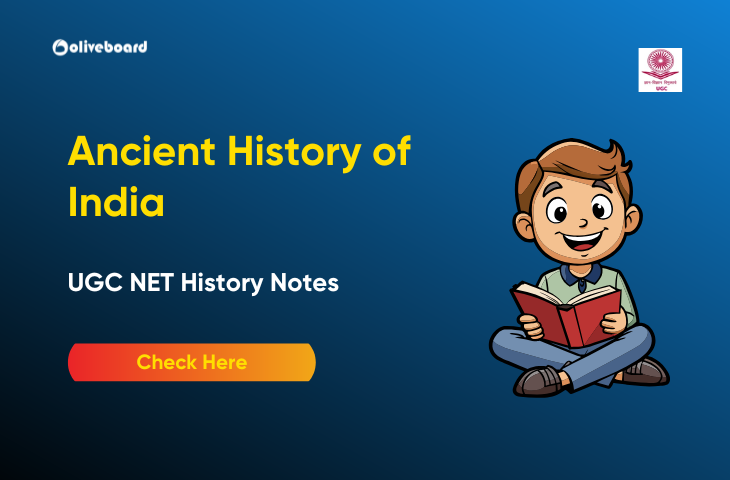
- Emergence of Regional Powers in Early Medieval India- UGC NET History Notes
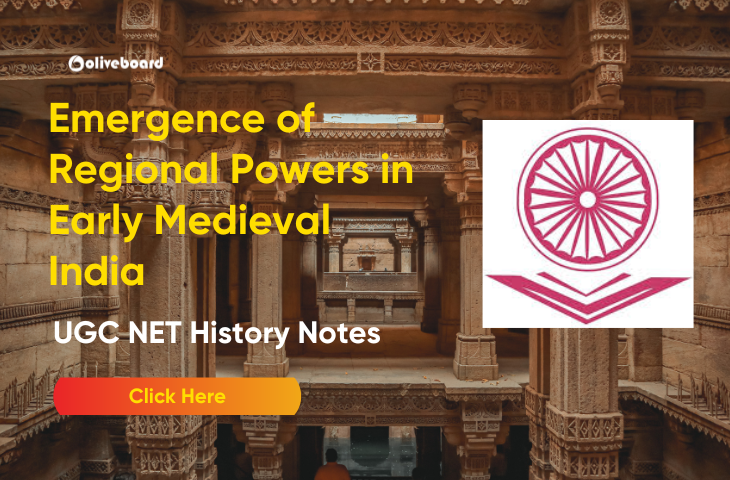
- Emergence of Heterodox Sects – UGC NET History Notes
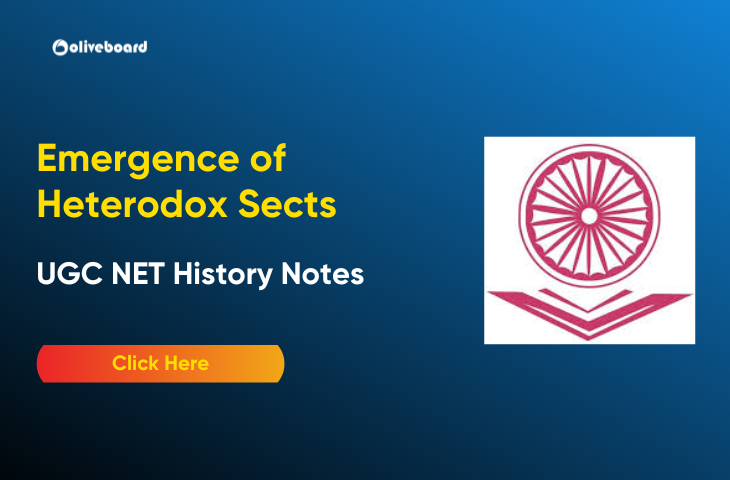
- UGC NET History Previous Year Question Paper, PDF Download
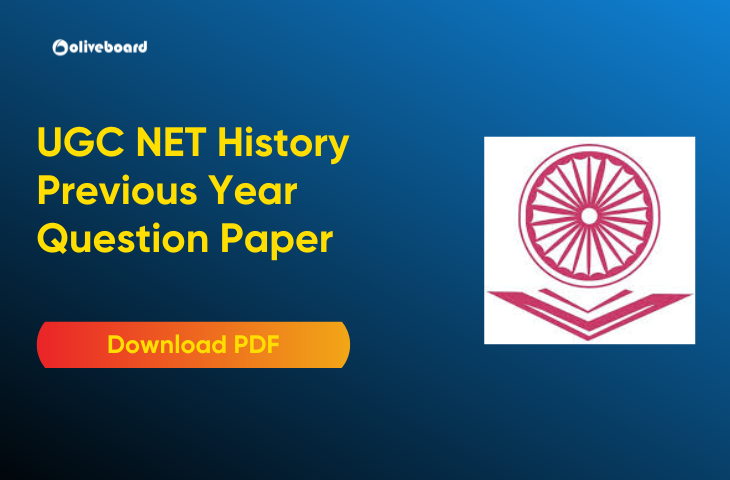
- Sangam Literature – UGC NET History Notes
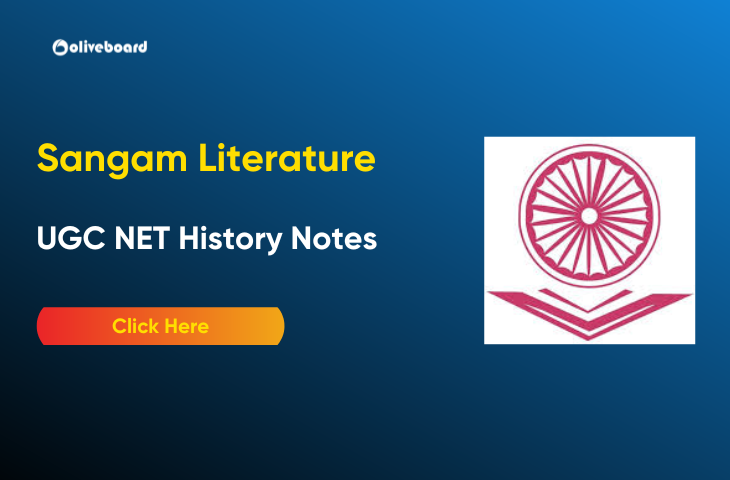
- Mauryan Art and Architecture – UGC NET History Notes
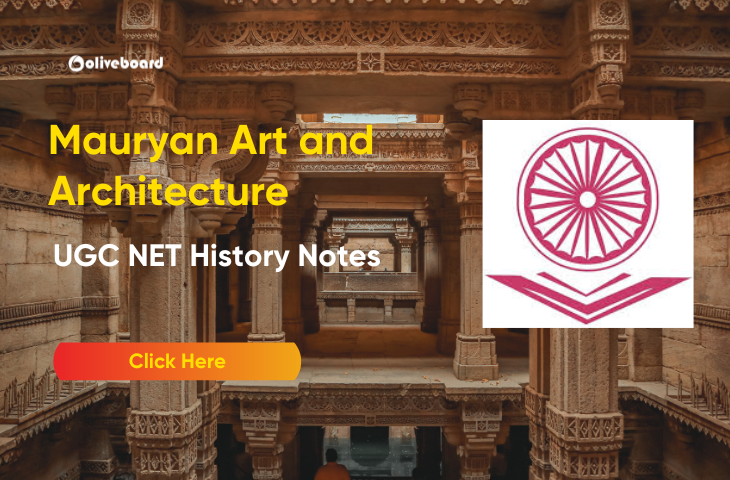
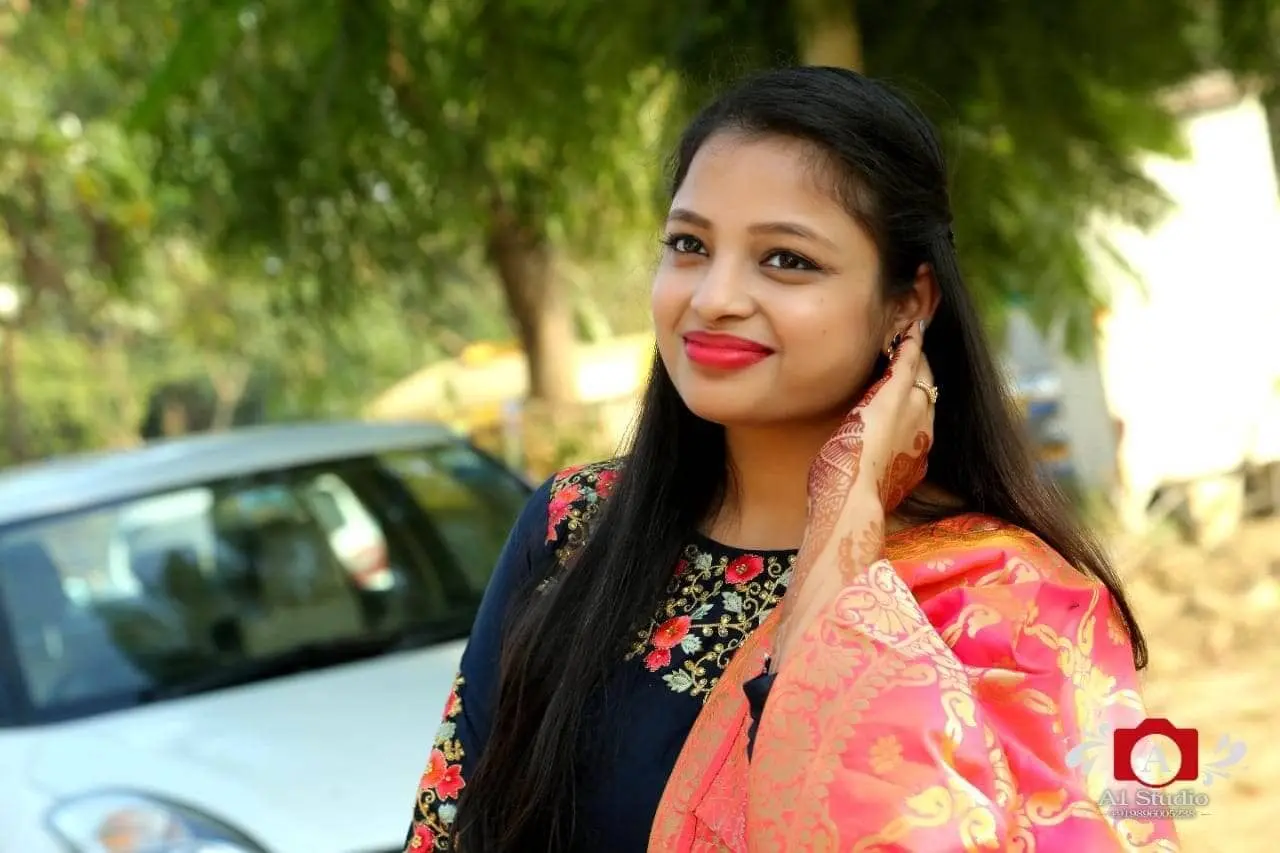
Hello there! I’m a dedicated Government Job aspirant turned passionate writer & content marketer. My blogs are a one-stop destination for accurate and comprehensive information on exams like Regulatory Bodies, Banking, SSC, State PSCs, and more. I’m on a mission to provide you with all the details you need, conveniently in one place. When I’m not writing and marketing, you’ll find me happily experimenting in the kitchen, cooking up delightful treats. Join me on this journey of knowledge and flavors!
